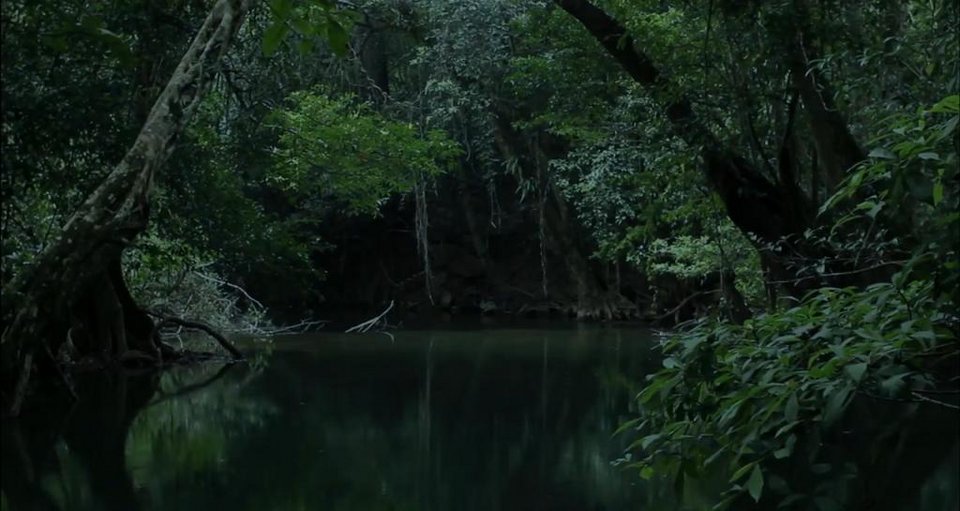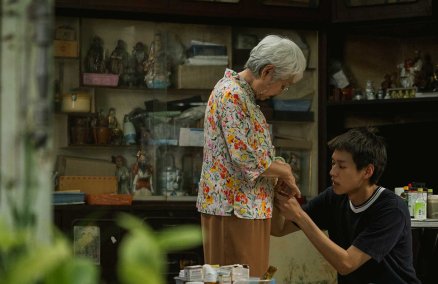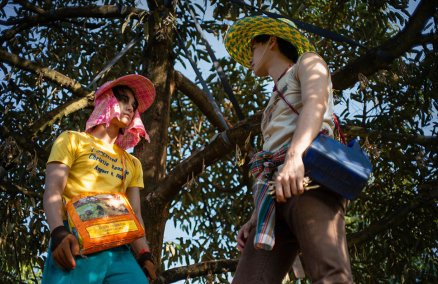Awarded a special mention at the 66th Locarno International Film Festival, By The River is the latest feature documentary by Nontawat Numbenchapol. The director, whose previous work Boundary (2013) was at the center of a censorship debate last year, this time transports the audience to the deep forests of Kanchanaburi, in Klity Village, where locals make their living by a river contaminated by a nearby factory. Nontawat tells BK about the haunting story behind the visually stunning film.
Why did you choose Klity Village as the setting?
When planning the project, we wanted to present a kind of neutral story, something everyone can relate to. So we started research into the environmental problems facing the country. Talking with activists, we heard a lot of shocking stories. Klity Village is one example where people fought and won against a big factory and the pollution control department. We hope their victory will inspire people fighting other cases of environmental pollution. Being a small village deep in the woods, it also allowed us to work in a more controllable environment to create beautiful pictures.
How was the filming experience compared to working on Boundary?
We spent three years filming Boundary, a lot of traveling. By The River was a relatively much smaller project. It was more about adjusting to the environment, like the limited electricity and clean drinking water. Also timing and planning was essential to get the footage we needed.
We first thought we’d see the villagers with some sort of deformity, but they look just normal. Yet beneath that, everyone’s blood is contaminated with lead. Likewise, under the clear water at the bottom of the river, there’s lead, which is a heavy metal. The villagers’ diet relies on fish from the river, so it affects the children’s brain function. Most of the elders who experienced the problem at its peak are dead, while some are now living with blindness.
Filming was divided into two phases; when we returned to Klity for the second period, we found our lead character had passed away. That had a big impact on the film: as you can see, it gets heavier, gloomier and has a haunting feel to it.

Does your background in graphic design contribute to the visuals in your films?
It does a lot. Studying visual communication design, I know precisely how to compose, leaving me with the camera techniques to work on. Now that I know my way around the camera and shooting, it’s become easier to accomplish the shots. I also worked with Withit Chanthamarit [emerging photographer whose work recently exhibited at Speedy Grandma’s Inhabitation exhibition], who shares a similar photography style, on set. Cinematography-wise, it’s almost like still images: static but moving.
What do you think of the general perception of documentaries here in Thailand?
It’s better than last year. But most people are still stuck with this picture of a TV documentary, with a lot of boring talking heads. But if we look globally, it’s evolved a lot. Maybe it’s down to more access to equipment which allows more people to work. It’s exciting now; the challenge of making a documentary is in how people are competing in altering the form of a documentary, playing with the form structure, almost redefining it, like The Act of Killing or The Missing Picture, which are much acclaimed by critics. I hope the trend will soon arrive in the mainstream here, too.
Limited screening (4pm and 8pm) at SF World Cinema and SFX Maya (Chiang Mai).
Film in Thai and Karen, with English subtitles.
















